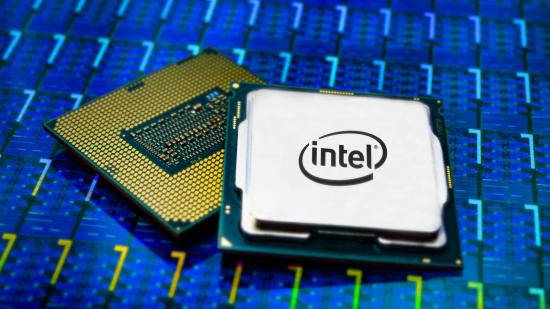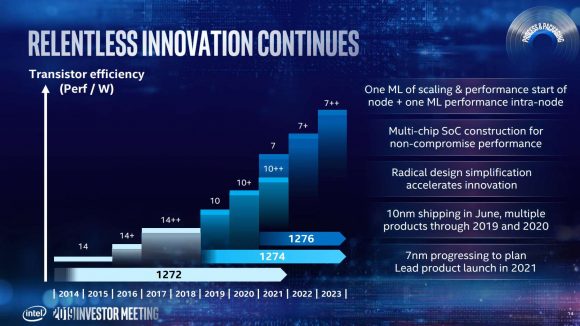A document claiming to be from an internal Intel publication detailing AMD’s resurgence has been posted online by a Reddit user. The article, published under Intel’s “Circuit News”, is titled: “AMD competitive profile: Where we go toe-to-toe, why they are resurgent, which chips of ours beat theirs,” and reads in a remarkably strange candour for the often unnervingly professional Chipzilla.
It seems so uncharacteristic of the company’s usual approach to questions of competition and technology leadership that it’s hard to believe an Intel employee put it together. But supposedly one did, Walden Kirsch. And, if proven genuine, the document offers an interesting insight into Intel’s take on current affairs within the CPU market.
“We are now entering the latest chapter of the tech industry’s single longest-running business rivalry,” the document says. Intel and AMD have been competing for many of the same chip customers for more than 50 years. Both firms were launched within just a few miles and a few months of each other in Silicon Valley in July 1968 (Intel) and May 1969 (AMD).”
“Although over the last five decades Intel has grown to more than 10 times the size of AMD – $70.1 billion versus $6.48 billion in the most recently reported annual revenues – the two companies are now competing fiercely across several market segments. By most accounts, the competitive threat to Intel from AMD is the greatest it has been in years.”
Read more: These are the best graphics cards around today
You can read the full post over at the Reddit thread posted by user scv_good_to_go. But keep your sodium close to hand.
In it you’ll find Intel’s attempt at boosting morale and confront some claims floating across the web today. Or at least that’s how it reads to an outsider. The company claims to be facing a “challenging period ahead”, no argument there, but also believes that its six pillars of innovation, or its “secret sauce” as the company calls it, will be enough to see it through and allow it to continue leading the market.
Intel’s six pillars of innovation are: process, architecture, memory, interconnect, security, and software.
Intel’s software dominance is another avenue that the company believes will hand it the advantage over AMD, citing its 15,000 strong staff of software developers alone – more than AMD’s 10,000 staff total.
Similarly, Intel’s Steve Collins, who is interviewed within the article, believes that few recognise its entry-level processors as a value proposition, challenging AMD’s reputation as the better value brand… despite price/performance swinging wholly in AMD’s favour as of late.
“It’s not well understood that Intel actually offers the market a larger selection of product pricing,” Collins says. “While the press often likes to focus on Intel’s top price points being higher than AMD’s top price, few people recognise that Intel also offers lower entry pricing than AMD. So Intel offers more price point choices to our customers.
“We believe that our product pricing vis-à-vis AMD reflects the great deal of added value that specifically comes from buying Intel with our decades of unmatched investments in validation, software, and security.”
AMD Ryzen 3000 processors will launch on July 7, 2019. These are the first client chips to be built on the 7nm process node, which, when paired with the Zen 2 chiplet architecture, makes for a mean combination – or so AMD’s own numbers and a couple recent leaks would have us believe.
On the other hand, Intel has finally announced its first volume 10nm processors: 10th Gen mobile Ice Lake chips. This process node won’t be making an appearance for quite some time within the desktop market, with leaked roadmaps pushing these back into 2021 and beyond and leaving us on 14nm Skylake derivatives for a little while longer. These roadmaps are subject to change, yet, no matter which way you look at it, Intel needs to shake up its desktop processor lineup, stat.

